Maserati Mexico, the 55th anniversary of a pure Italian style icon
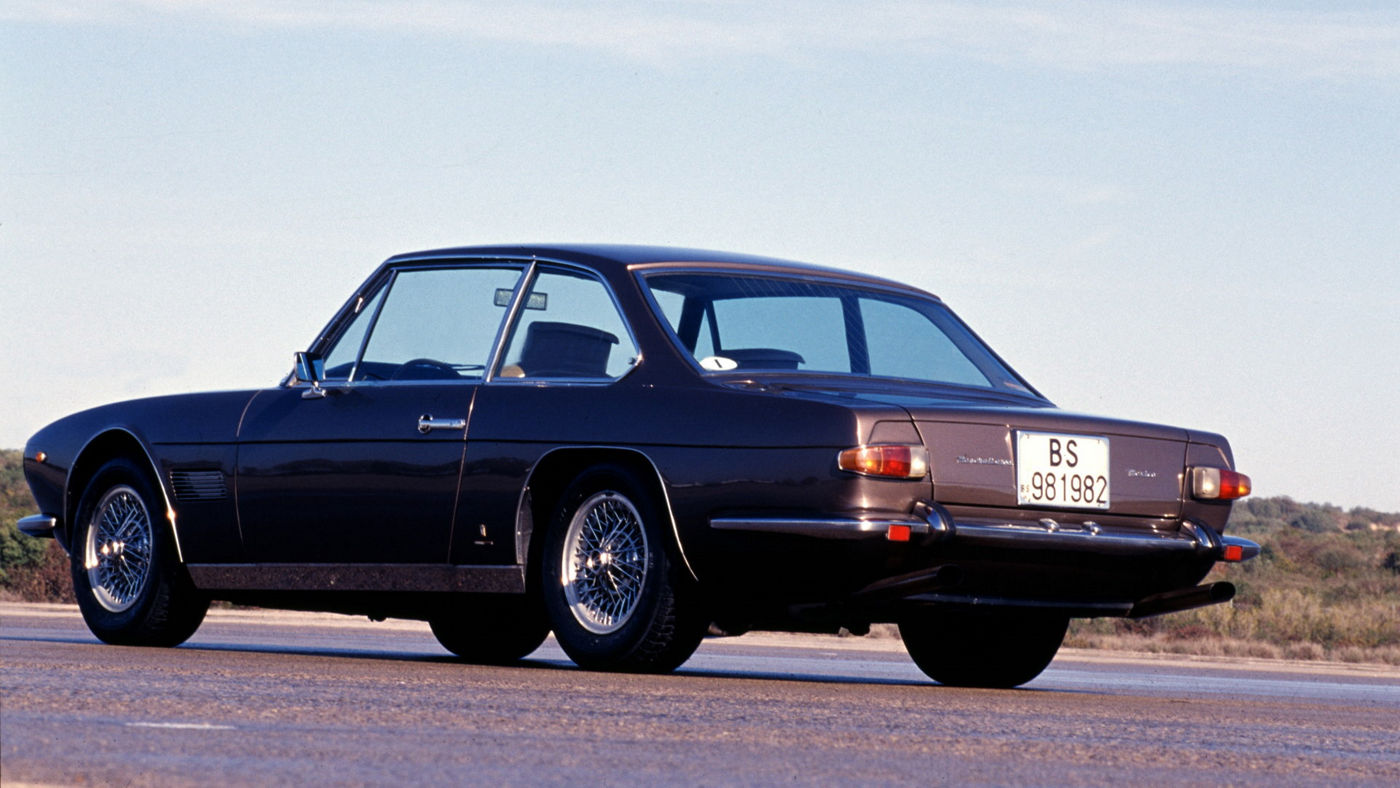











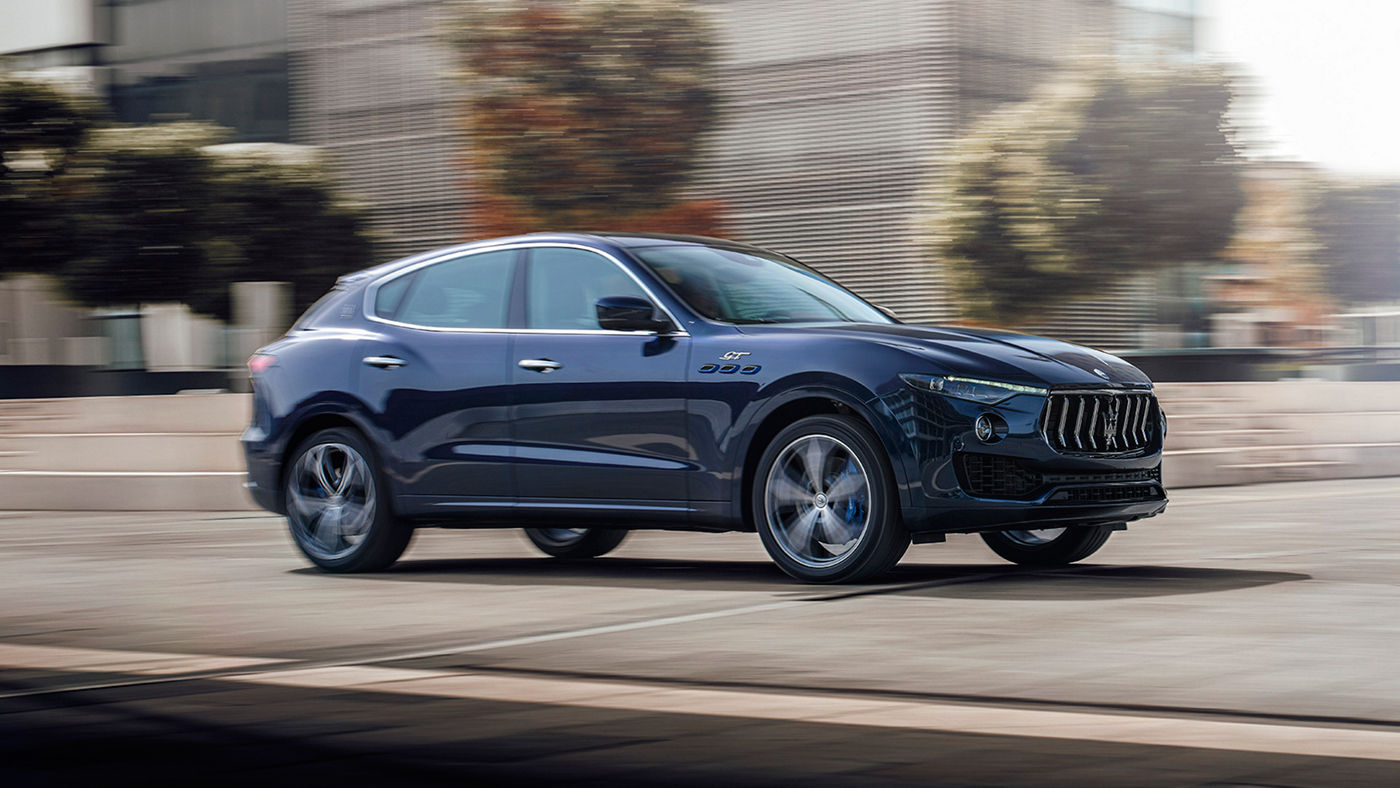


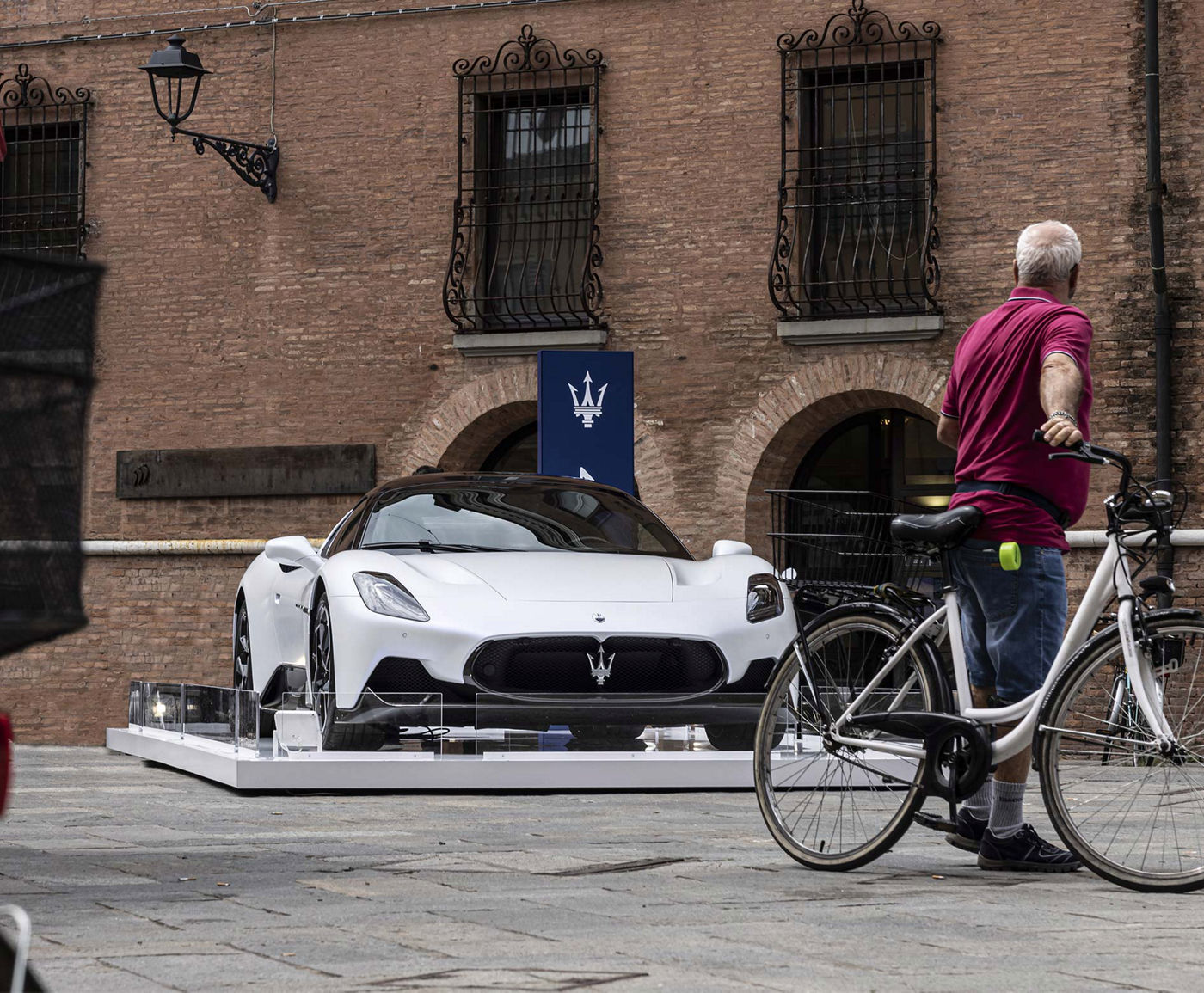




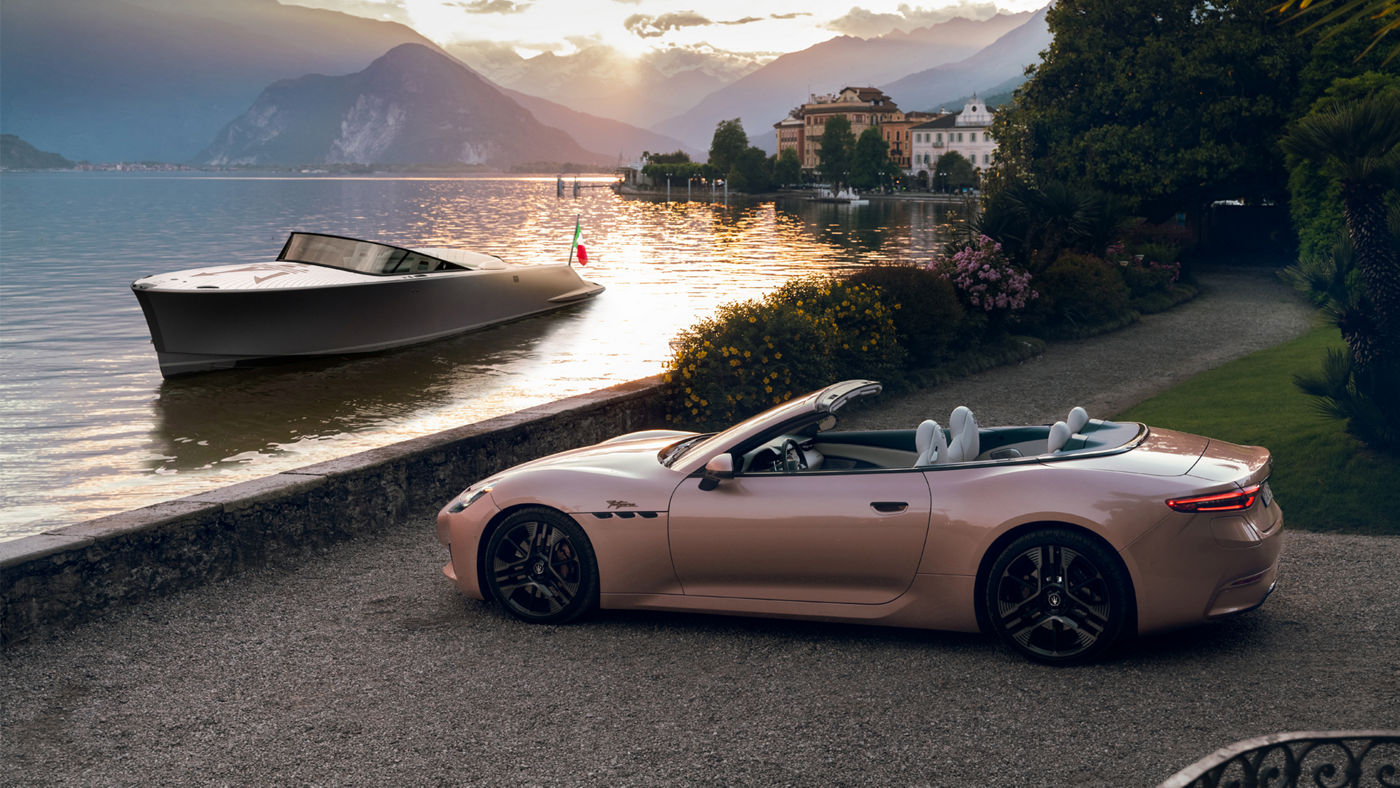

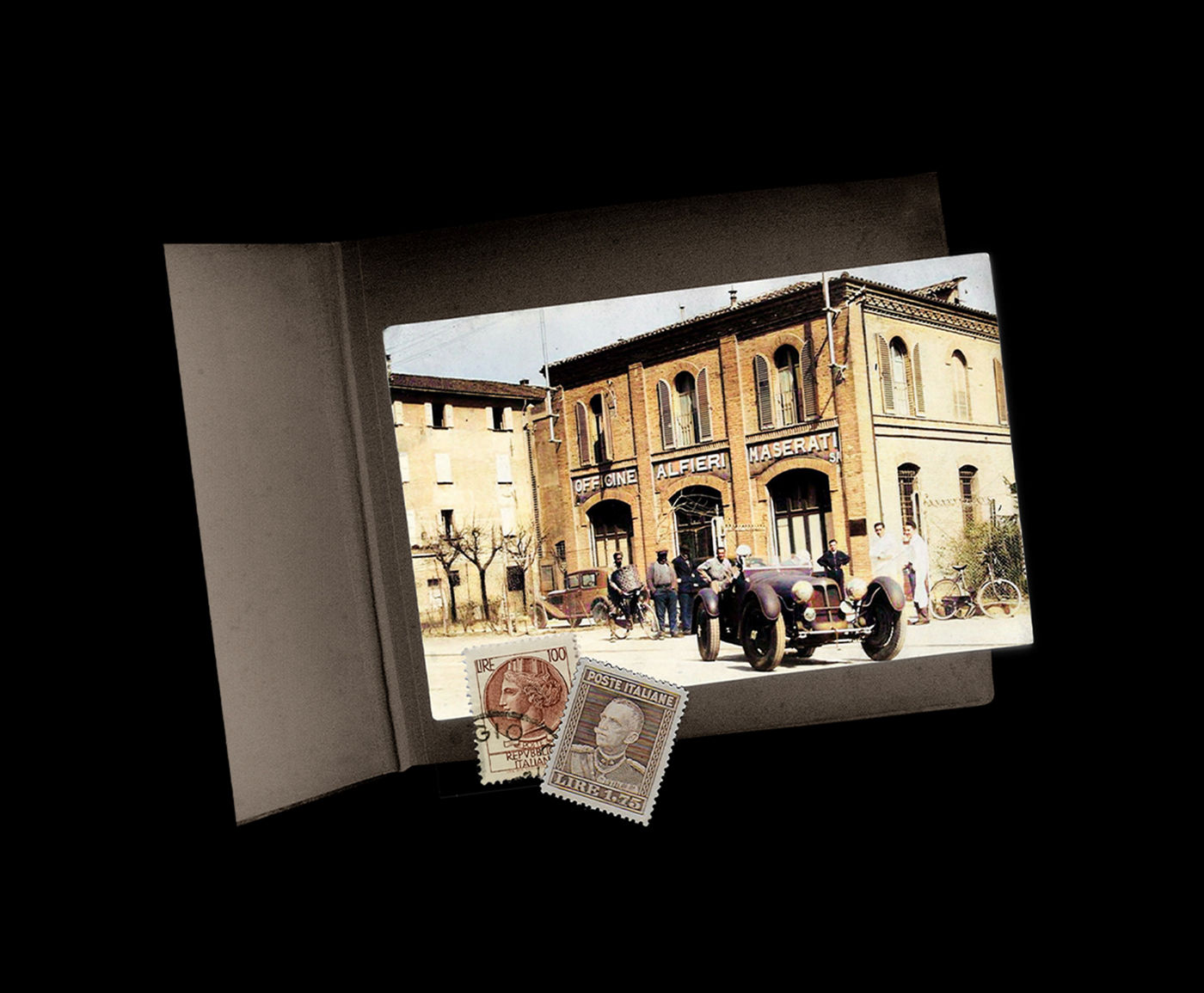

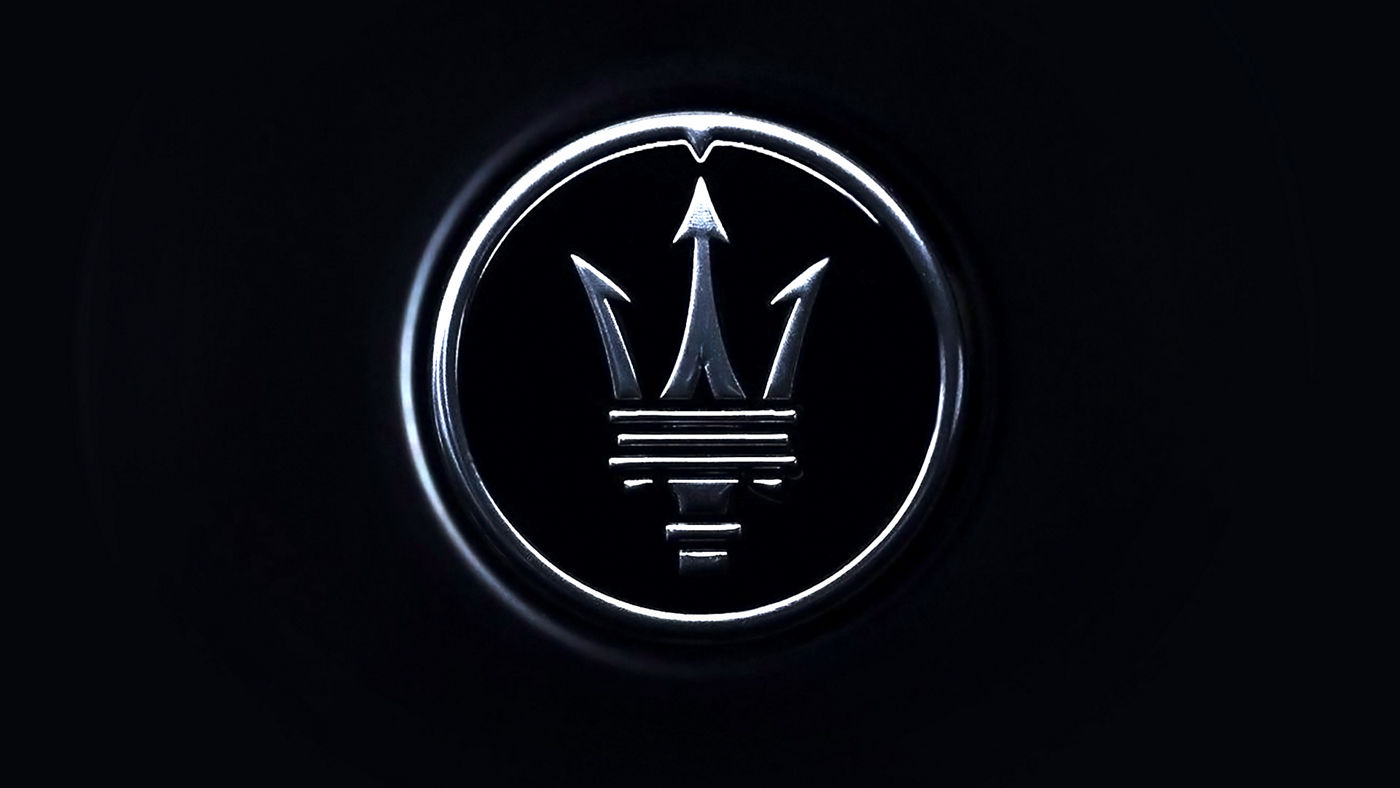

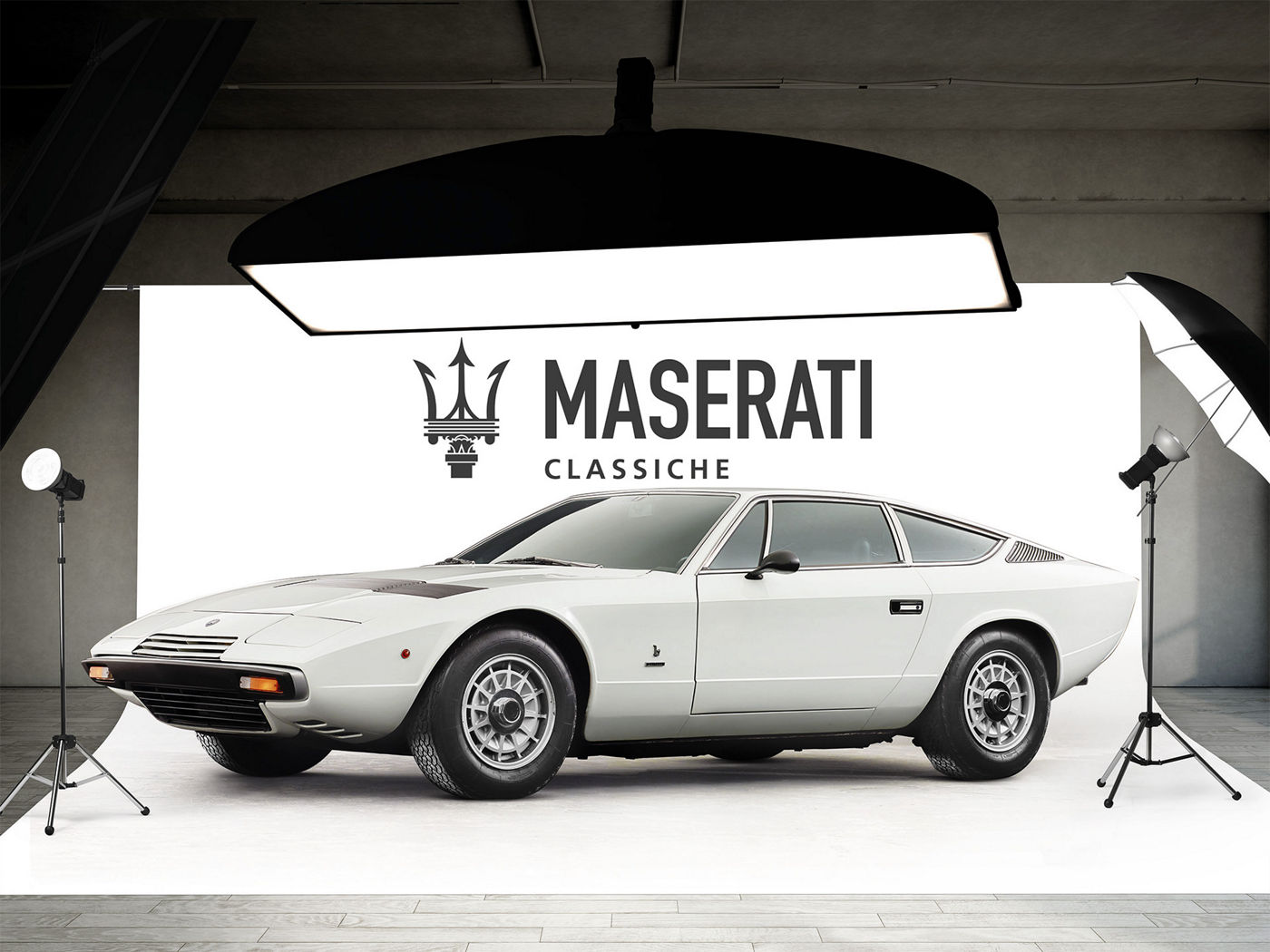
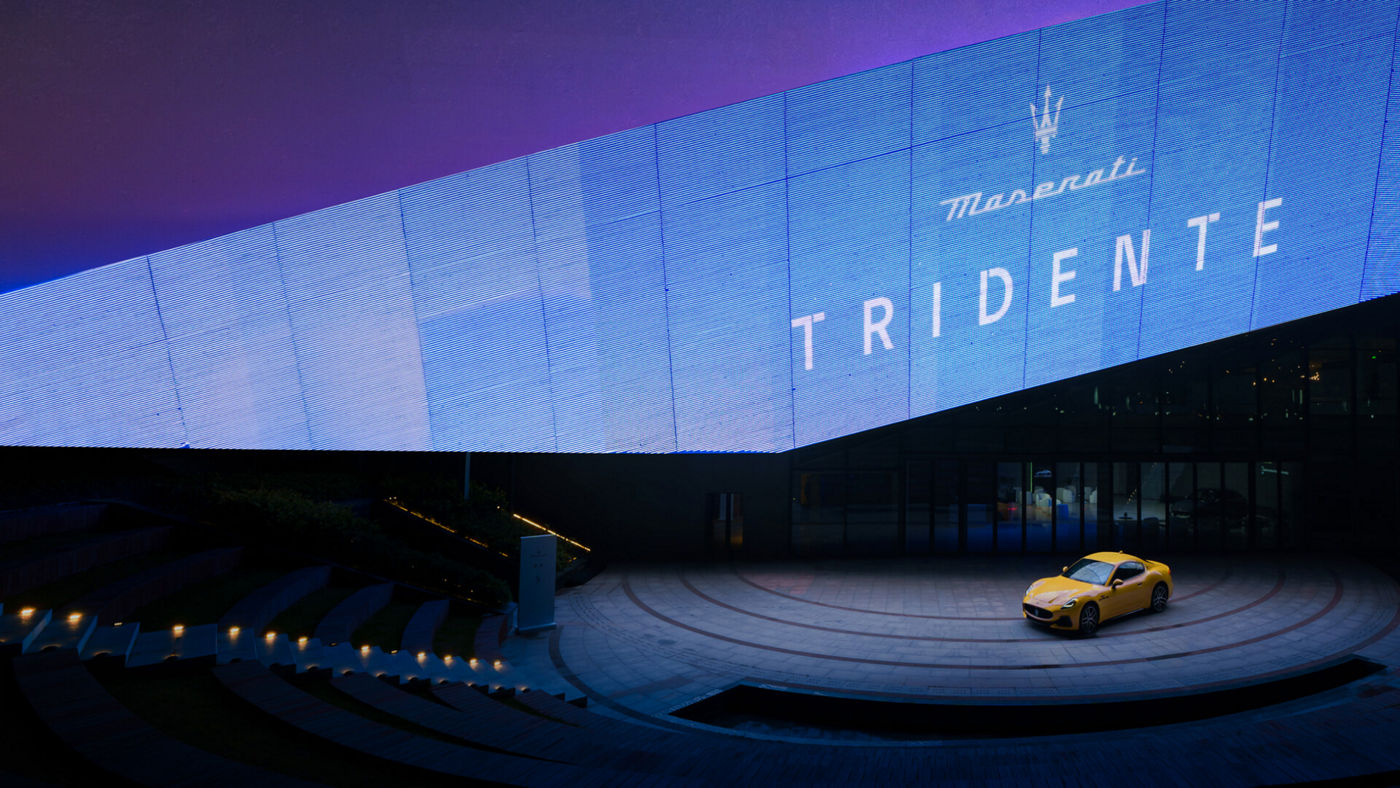

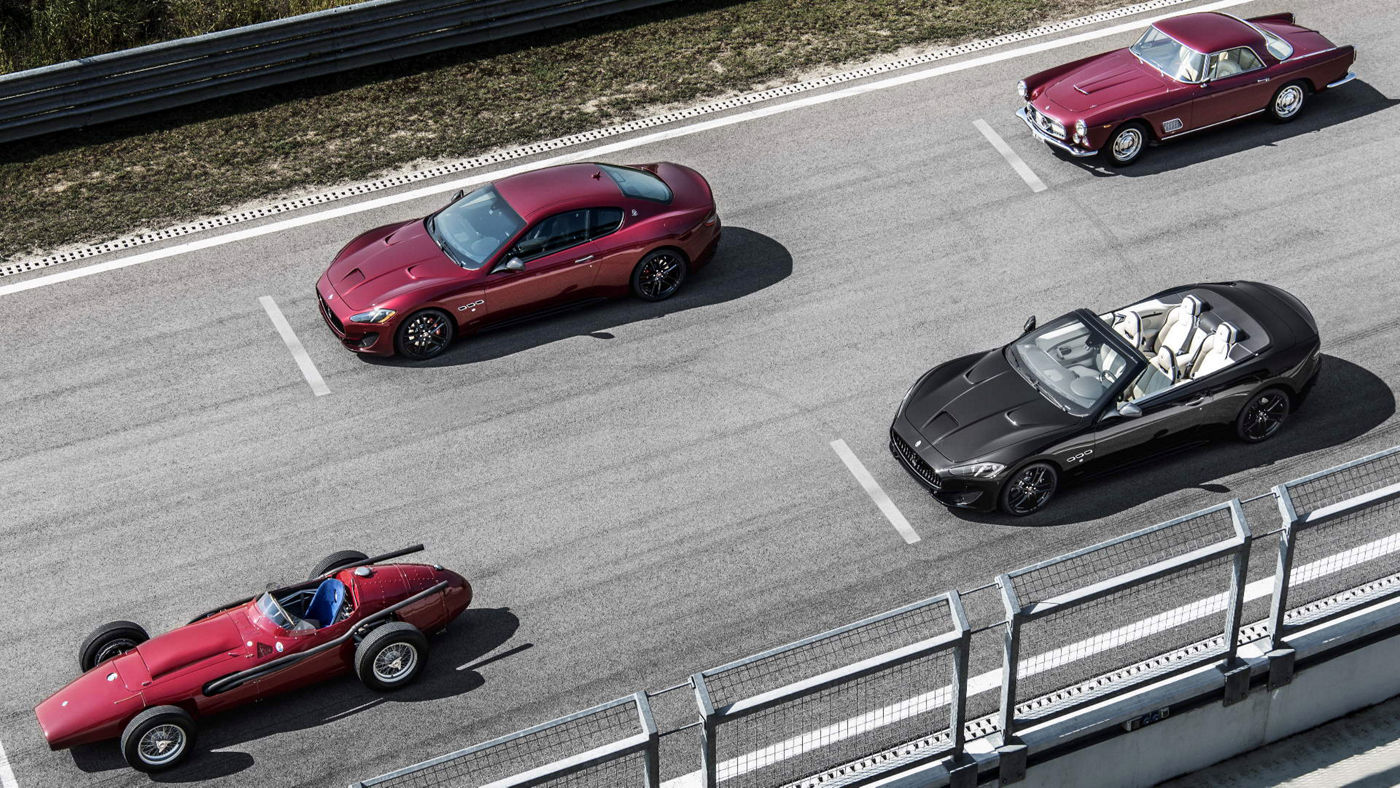



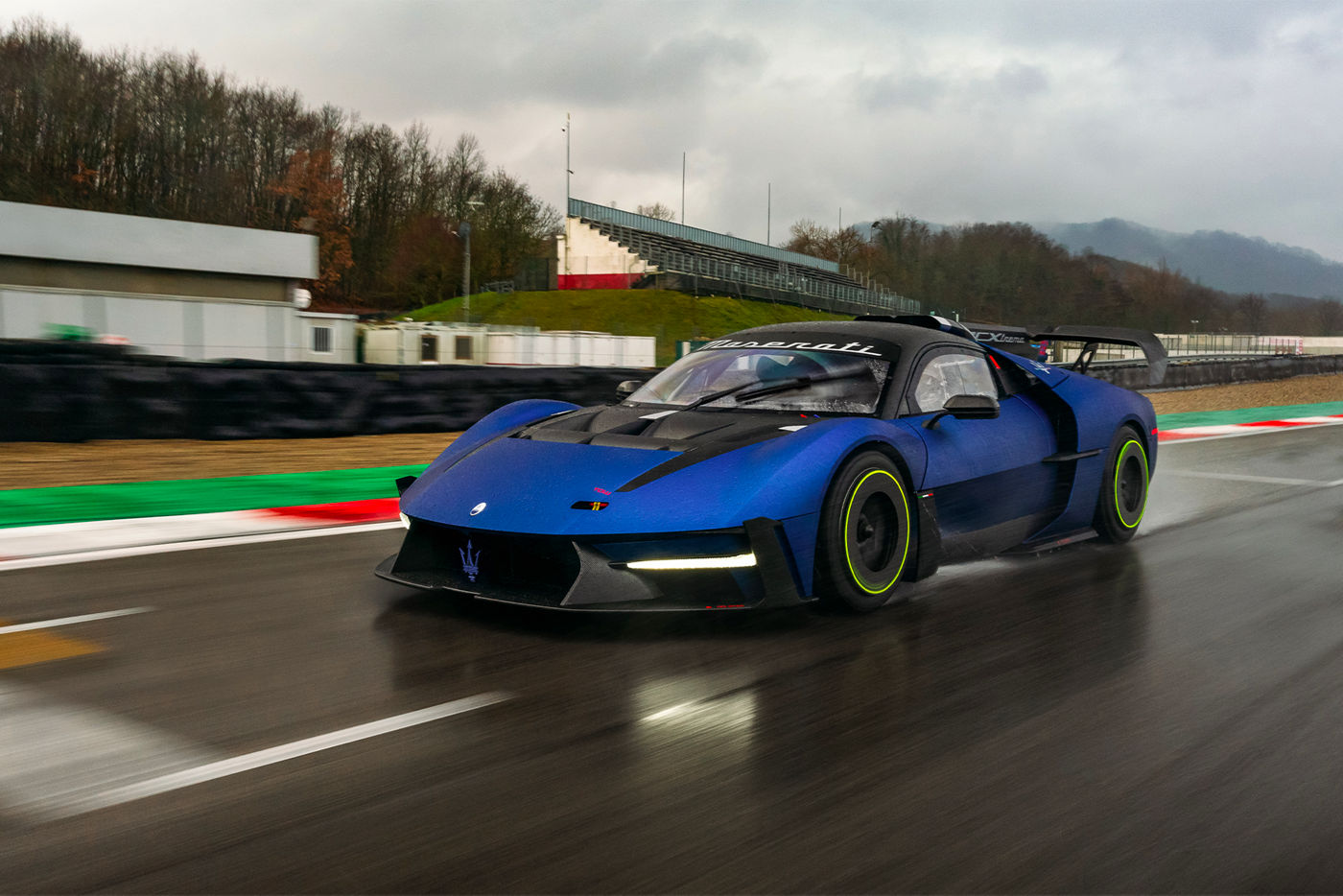


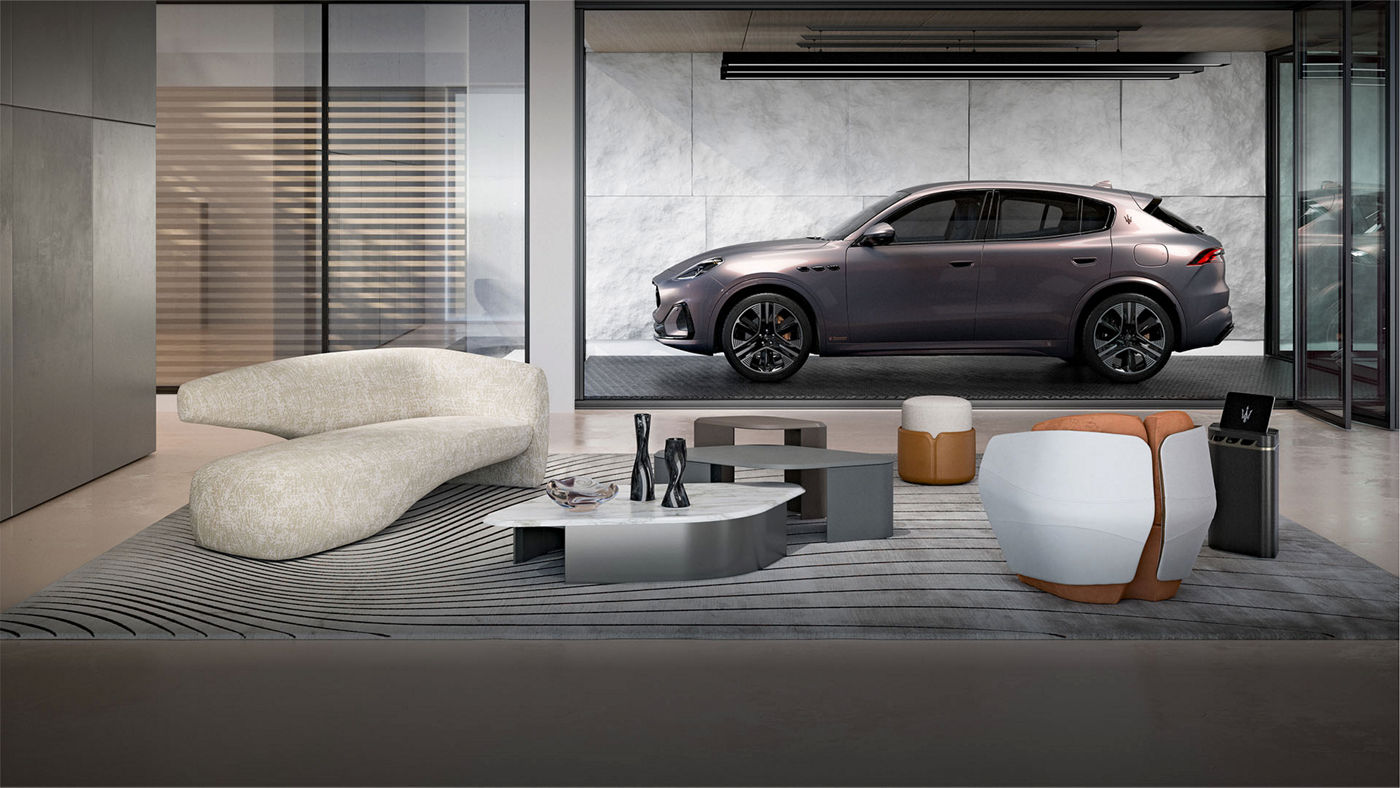


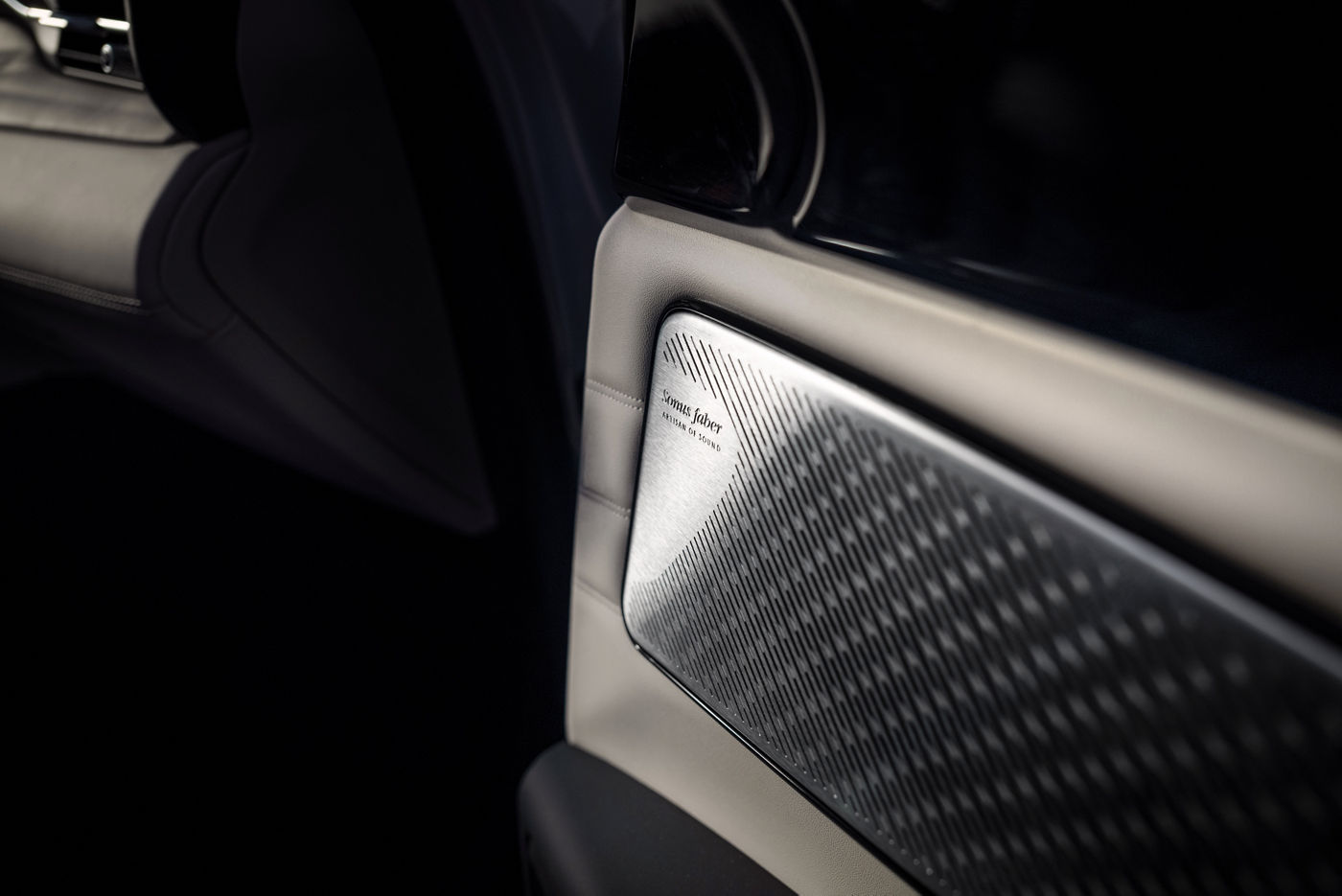

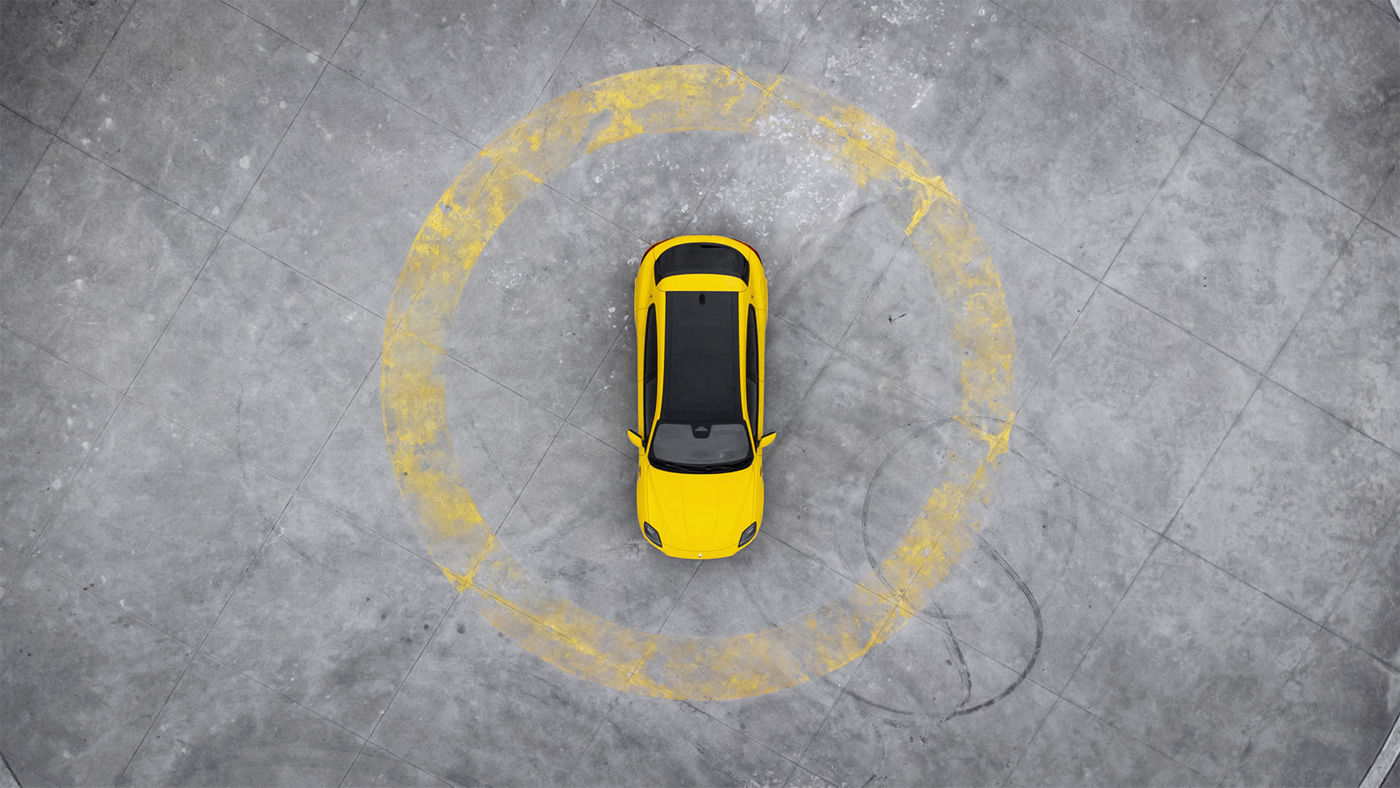

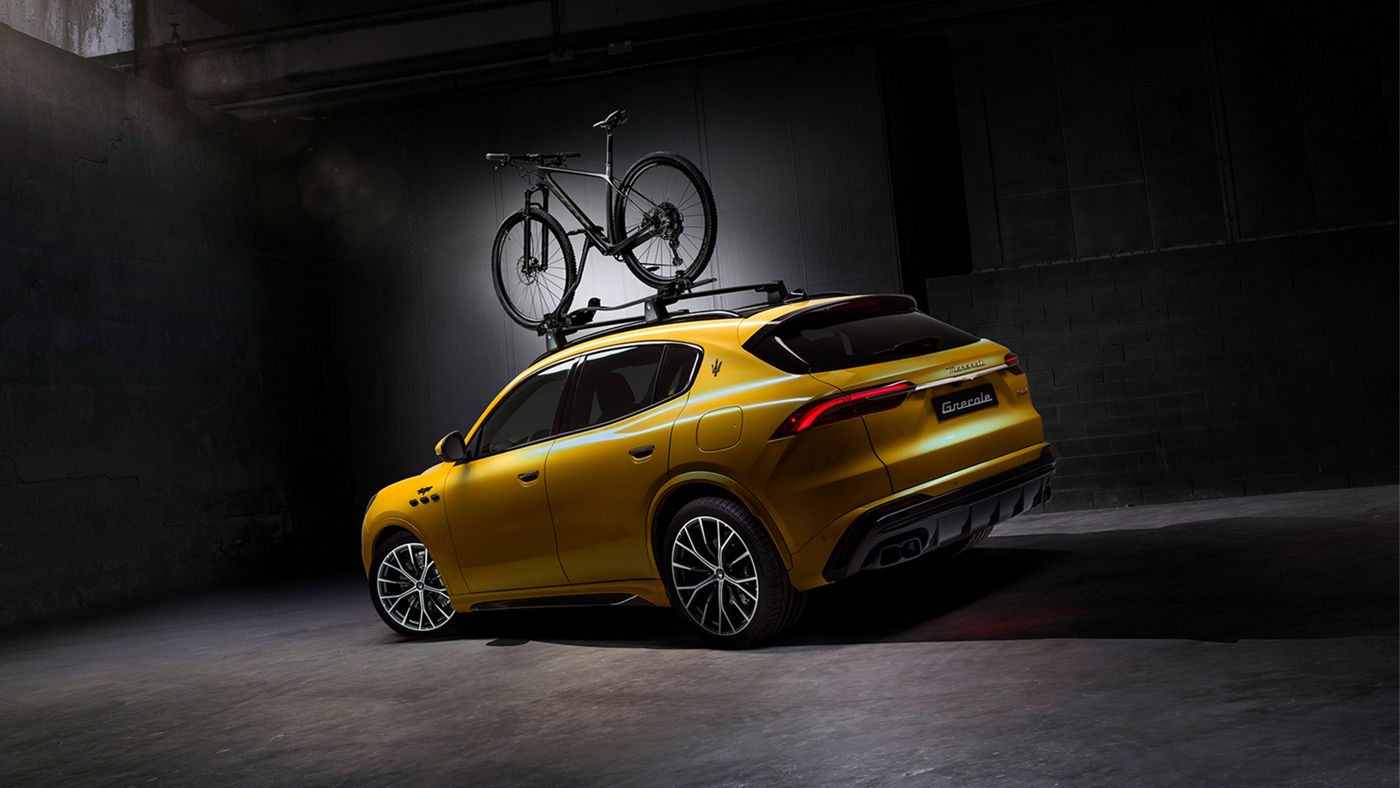
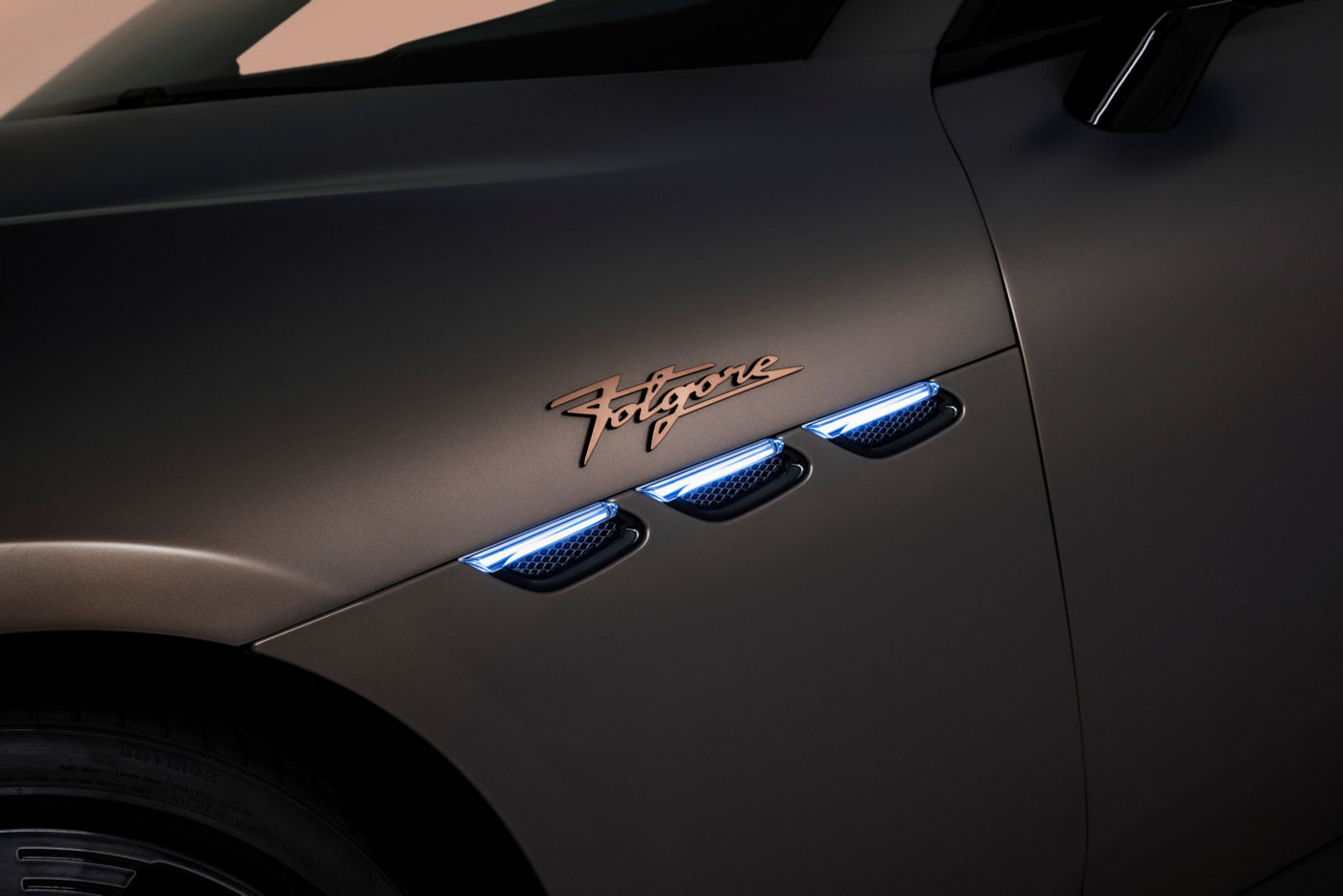

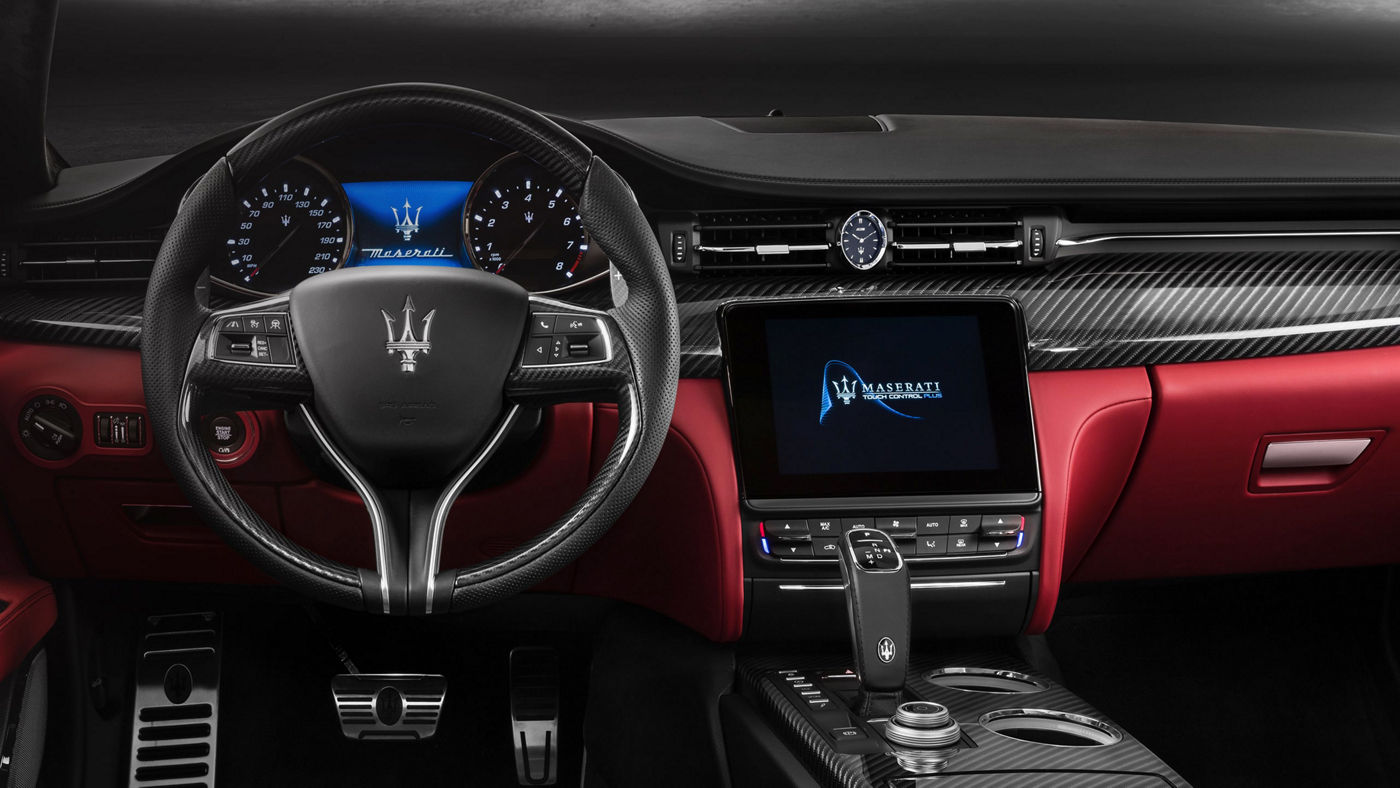
The Mexico, designed by Vignale, was an exquisite car with sleek and immaculate lines: it was an elegant 2+2 coupé in pure Maserati style, but with a powerful sporty heart. In fact, underneath its bonnet it concealed the road version of the racing engine derived from the 450 S.
It was the third Maserati model to use this propulsion unit, after the Quattroporte and the 5000 GT.
Among the hypotheses on how this car came to be named as the Central American country, it is said that a major Mexican customer had purchased a 5000 GT Allemano which formerly belonged to Mexican President Adolfo López Mateos in 1961, and brought it to Modena to be repaired after an accident. While visiting the historic Viale Ciro Menotti plant, the customer was apparently so impressed by the Vignale-designed prototype that he absolutely insisted on buying it, to the point where the bodywork was transferred to the chassis of his 5000 GT. This series of coincidences is said to have led to the choice of the name “Mexico” for the future model.
Right from its launch, the car was equipped with a 4.2 L V8 of 260 HP and a top speed of 240 km/h and a 4.7 L V8 of 290 HP, able to propel it to a top speed of 255 km/h.
The Maserati Mexico impressed with both style and equipment, which included - as standard - leather seats, electric windows, wooden dashboard, air-conditioning and servo-assisted ventilated front disc brakes. Automatic transmission, power steering and radio were available as optionals. The interior was described as “an Italian-style lounge”, expressing Italian identity and Maserati’s trademark craftsmanship.
Today, just as 55 years ago, Maserati continues to build iconic cars that shape the history of motoring and set benchmarks for the luxury segment. The Mexico represented excellence, design and power, values still found in all Trident models.
Related stories

Maserati S.p.A.
Viale Ciro Menotti, 322 – 41121, Modena (MO), Italy
Company registered under Italian law - VAT: IT 08245890010 R.E.A. Modena 347990
Share capital: 80.000.000 €, fully paid-up
Direction and coordination under Article 2497 of the Italian Civil Code: Stellantis N.V.
maserati@pec.fcagroup.com
www.maserati.com
International
Africa
Europe
America
Asia
Middle-east
Oceania